Table of Contents
ToggleSailing the Philippine Archipelago: A Cruising Guide for the Vigilant Sailor
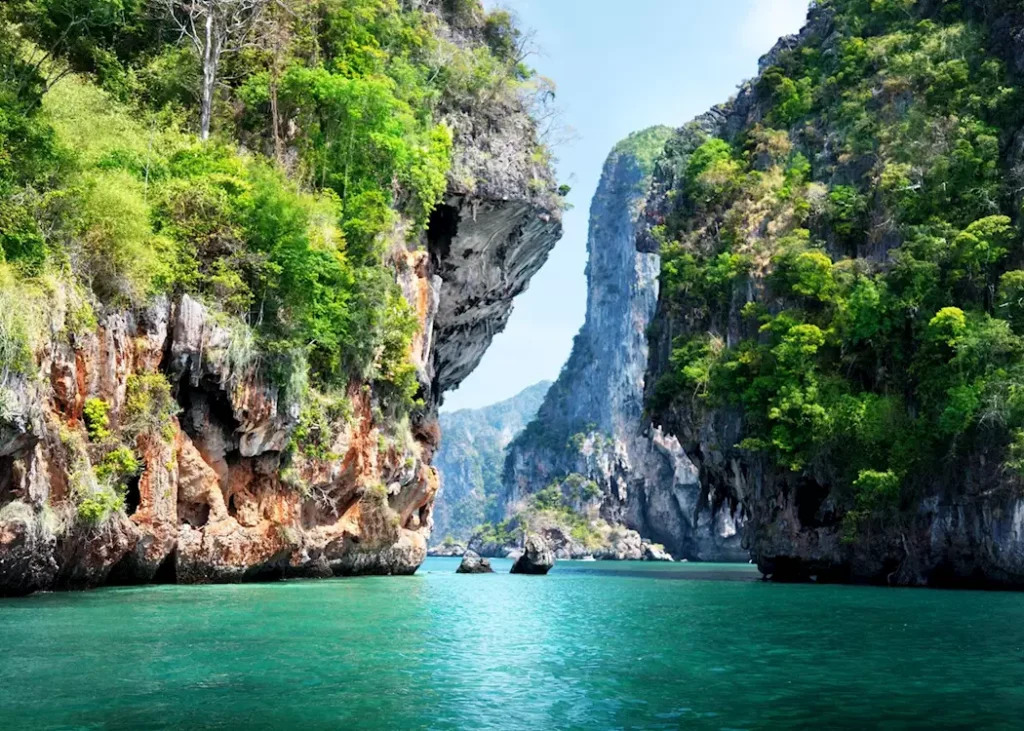
Greetings fellow seafarers and yacht owners! Welcome back to the Yacht Delivery Solutions blog, where we dive deep into the heart of what it takes to get a vessel from A to B, no matter the challenges. Today, we’re casting our lines in a new direction, moving away from our usual deliveries between NZ and AU, and looking at a route that is as beautiful as it is demanding: sailing in the Philippines.
Our usual fare might be a Beneteau from Auckland to Sydney or a Riviera from Cairns to the Gold Coast. We’ve taken Lagoon catamarans through the Torres Strait and a stunning Nordhavn from Fiji to New Zealand. These are all incredible journeys with their own unique challenges, but a recent inquiry about a delivery in the Philippines has us reflecting on what makes this corner of the world a different kind of beast for the unprepared. While many guidebooks might paint a picture of a cruising paradise, it’s a paradise that demands respect, vigilance, and a level of preparation far beyond what you might need for a run down the Kiwi coast or across the Tasman.
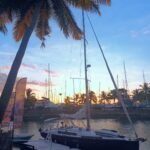
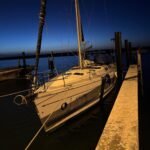
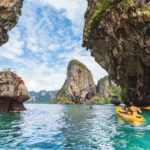
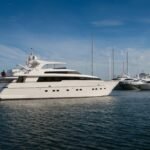
We’re not here to scare you, but to provide a realistic, warts-and-all look at the realities of cruising in the Philippines. It’s a place of breathtaking beauty, with over 7,000 islands, crystal-clear water, and some of the most welcoming people on the planet. But it’s also a place where a little local knowledge and a healthy dose of caution can be the difference between a dream trip and a nightmare.
The Elephant in the Anchorage: Safety and Security
Let’s start with the hard truth, because it’s the most important one. The Philippines, particularly in the southern regions, has a history of maritime security issues. The kidnapping of yachties is a rare but real threat, and for a sailor, there is no greater fear than losing your freedom and well-being in a foreign land. We’ve all read about the tragic incident at the Holiday Ocean View Marina in the Island Garden City of Samal. It was an international news story for a reason, but it’s crucial to understand it wasn’t a one-off event. It’s a symptom of a deeper, ongoing issue.
For years, groups like the Abu Sayyaf have operated in the southern Sulu Sea, and while their motives may have shifted from ideological to financial, the danger remains. While the government has made efforts to curb these activities, they are not completely eradicated. Sailors are advised to avoid the Sulu Sea and parts of Mindanao altogether. In places like Davao, the idea of paying a ransom by cheque might sound like a dark joke, but it speaks to a history of kidnapping that was once common.
Basic Security
Unlike the South Pacific you should definitely keep the boat at a higher security level. We have seen boats with sturdy grills over the companion way and hatches and motion activated lights for use at anchor while asleep. Lets face it, you wouldn’t leave your door open or unlocked at home. And a little prevention goes along way to prevent what could turn out to be extremely traumatizing.
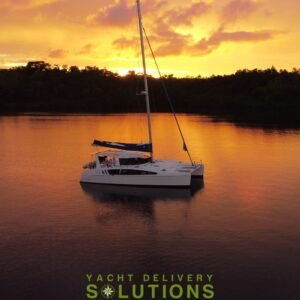
Day and Night Challenges In The Philippines
This isn’t to say the entire country is a no-go zone. Far from it. The central and northern Philippines are generally considered safe for cruisers, with vibrant sailing communities in places like Subic Bay, Puerto Galera, and parts of Cebu. However, a cruiser’s mindset must be one of constant awareness. Just as you wouldn’t blindly sail into a cyclone, you shouldn’t sail into a known area of high risk. Proper planning, staying informed on local security bulletins, and making a conscious choice to avoid dangerous waters is your first and most vital line of defense.
Speaking of challenges, let’s talk about what happens on the water itself. Sailing in the Philippines is an exercise in “keeping your head on a swivel.” While in NZ or AU, a night passage might be a beautiful, peaceful experience under the stars, in the Philippines, it can be downright terrifying. The primary reason? The sheer number of small, local fishing boats, known as bankas.
These motorized trimarans are the lifeblood of coastal communities, but for a yachtie, they are a major hazard. Many of them operate without any lights at all. The ones that do have lights can be confusing, often not adhering to international collision regulations. You might see a green light on the stern and a red one on the bow—a recipe for chaos when you’re trying to determine a vessel’s course and speed. A good radar with a MARPA (Mini Automatic Radar Plotting Aid) function and a keen eye are non-negotiable.
And it’s not just the boats. The waters are littered with unlit fish traps, long lines, and fishing gear. Hitting one of these at night can damage your rudder, foul your propeller, or worse. For this reason, many experienced cruisers adopt a “daylight only” approach, carefully planning their passages to arrive at a safe anchorage before dark. It’s a slower way to cruise, but it’s a far safer one.
The Scourge of a Different Kind: Anchorage and Environment
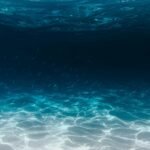
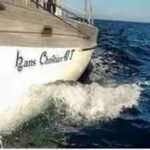
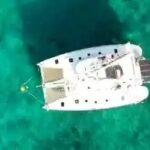
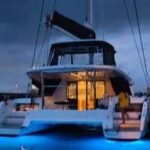
Finding a good anchorage is a critical part of cruising anywhere in the world. In the Philippines, it’s not just about a protected spot from the wind and swell. It’s about what’s on the seabed. Due to a lack of effective waste management and high population density in many areas, the seafloor near inhabited anchorages can be a graveyard of garbage.
It’s not uncommon to pull up your anchor and find it has hooked onto a rice sack, a discarded fishing net, or a tangle of plastic bottles. This is more than just an inconvenience; it can be dangerous. A fouled anchor can lead to a sleepless night of dragging, or even worse, a forced departure in unsafe conditions. We’ve even had to dive down to free anchors from a web of plastic and old tires. Our advice is to use a good quality anchor with a high holding power and to be prepared to free-dive or use a trip line to retrieve it if it gets stuck.
This issue is sadly compounded by climate change. As fishing catches decline due to warming waters and shifting fish populations, many coastal communities are losing their traditional source of income and protein. This can lead to desperation, which can in turn contribute to an increase in crime and a lack of concern for environmental preservation.
Without wanting to sound dramatic I recommend not spending too long in the same place if its isolated.

The Human Element: Crew and Provisions
On any delivery, the crew is everything. But on a challenging passage like a Philippine delivery, crew selection is paramount. You need a team that is not only experienced but also adaptable, patient, and good-humoured. The stress of constant vigilance, coupled with the heat and humidity, can test the best of relationships. We’ve been on deliveries where a small disagreement over who gets the last can of soda has threatened to escalate into a full-blown mutiny. (I’m only half-joking!) A clear watch schedule, a shared sense of purpose, and a mutual respect for each other’s boundaries are essential.
And what about the provisioning? We all know the classic joke about running out of something vital. On one delivery from the Whitsundays to Darwin, we were so focused on stocking up on food and water that we forgot to check the supply of instant coffee. The horror of a week without a proper brew became a running gag, but a serious one for the two coffee addicts on board. In the Philippines, it’s about being prepared for anything. Fresh food can be found in abundance, but specialty items can be impossible to source. Dealing with dietary needs, provisioning for a long passage between islands, and having a good stock of spares and tools is more important than ever.
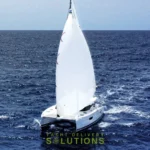
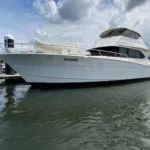
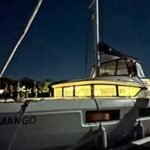

The Final Word
Despite the challenges, cruising in the Philippines offers a unique and incredibly rewarding experience. The natural beauty is unparalleled, from the stunning limestone cliffs of Palawan to the vibrant coral reefs of Tubbataha. You can explore secluded lagoons, interact with a rich and diverse culture, and discover anchorages that few others have ever seen. But this is not a journey for the inexperienced or the complacent. It requires careful planning, a well-prepared boat, and a crew that understands and respects the inherent risks.
At Yacht Delivery Solutions, we’ve navigated the tricky waters of the South Pacific, the wild coastline of NZ and the vastness of Australia. We know what it takes to get a boat safely from one point to another. Our expertise lies in understanding these unique challenges and preparing for them. Whether it’s a luxury catamaran delivery from New Caledonia to Cairns or a motor yacht from Brisbane to Darwin, we’ve got you covered. And while a delivery in the Philippines presents its own distinct set of circumstances, we approach it with the same level of professionalism, vigilance, and experience that has made us the trusted name in yacht deliveries throughout NZ, AU, and the wider South Pacific.
Contact Us Today For Your Yacht Delivery Requirements.

